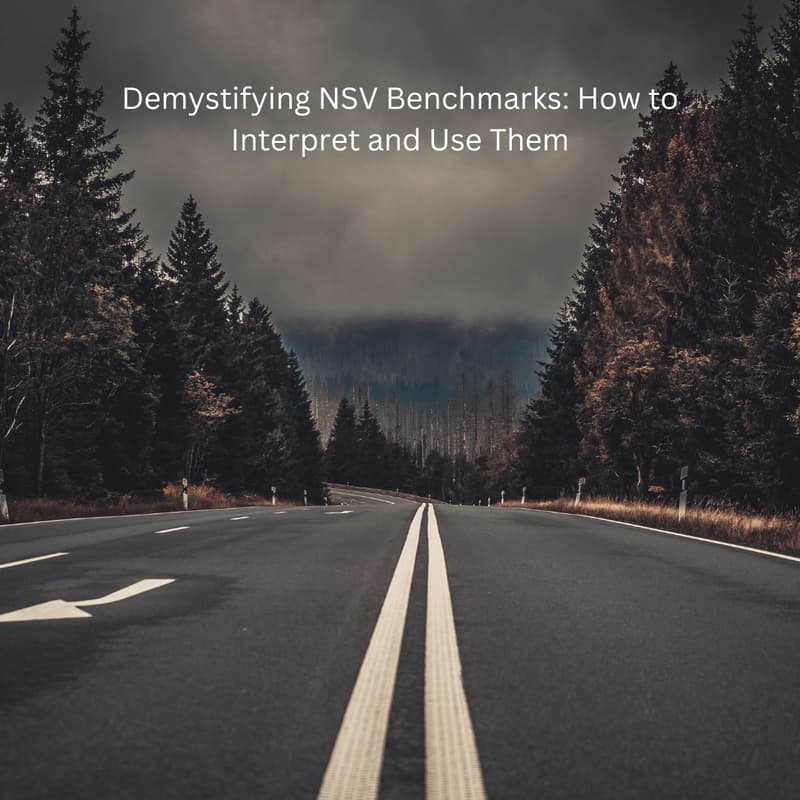

Demystifying NSV Benchmarks
Making educated decisions in business analytics requires a grasp of and ability to comprehend benchmarks for non-standardized variables (NSVs). Any data point without a universally accepted measurement standard is called NSV. These industry standards are essential since they help organizations evaluate their performance, pinpoint areas that need work, and compare themselves to competitors.
Recognizing NSV Benchmarks
NSV standards comprise various measures, from website traffic fluctuations to customer satisfaction scores. These benchmarks are not standardized because every firm is different and has different objectives. Consequently, comprehending NSV benchmarks necessitates a sophisticated strategy in which companies customize their investigation to meet their requirements.
Understanding NSV Comparisons
Interpreting NSV standards involves finding actionable insights through trend analysis, outlier identification, and data point correlation. When analyzing NSV benchmarks, businesses need to consider several aspects, including customer behaviour, market trends, and seasonality. This allows businesses to make data-driven decisions and obtain a thorough insight into their performance.
Utilizing NSV Benchmarks Successfully
Using NSV benchmarks effectively requires implementing mechanisms to monitor, assess, and continuously improve performance. This could entail establishing reasonable objectives, routinely evaluating progress, and modifying action plans in response to new developments. Organizations can also use NSV standards to pinpoint areas of competitive advantage and seize market opportunities.
Case Studies: Actual Instances
Analyzing real-world case studies provides insightful information on how NSV benchmarks are used in practice. Success stories demonstrate how businesses have improved customer happiness, accelerated growth, and optimized operations with the help of NSV benchmarks. Furthermore, examining obstacles encountered and surmounted emphasizes the significance of flexibility and durability in efficiently utilizing NSV benchmarks.
Frequently Held Myths Regarding NSV Benchmarks
NSV benchmarks are essential, yet they must be more frequently interpreted or misused. Some common fallacies include comparing NSV benchmarks only to industry averages or considering them static data. Dispelling these misconceptions is imperative to promoting a more precise comprehension of NSV criteria and their consequences.
Upcoming Developments in NSV Benchmarking
The field of NSV benchmarking is set to change as long as technology keeps developing. More precise NSV benchmark analysis and interpretation is possible because of emerging technologies like machine learning and artificial intelligence. Future predictions for NSV benchmarking include real-time data insights and improved predictive analytics capabilities.
NSV Consulting offers expert guidance in business strategy, marketing, and innovation. Explore our services at NSV Consulting for transformative solutions.
In conclusion, organizations looking to leverage the power of data analytics properly must first understand NSV benchmarks. By comprehending, interpreting, and using NSV benchmarks, enterprises can acquire significant insights into their operations and promote enduring expansion. The significance of NSV benchmarks will only increase with the advancement of technology and the changing nature of the industry, making them a vital component of contemporary corporate strategy.
Check Out Blogs of NSV
Recognizing the Fundamentals of NSV Survey
Case Studies Significance in NSV Surveys